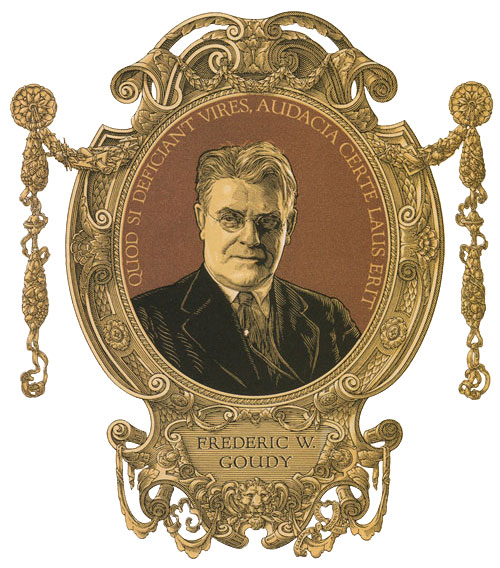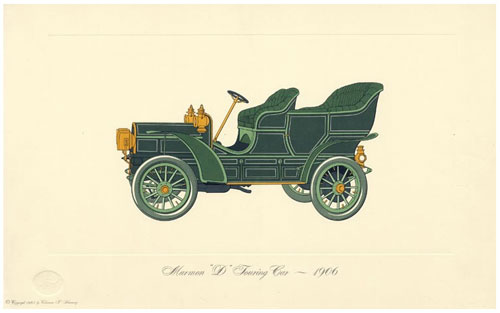When I was in my early twenties, I fell in love with a beautifully bound, gilt-edged book. I had to have it, to keep a journal! Then a funny thing happened; I was intimidated by the beauty of the book and worried that my journaling might seem trite with time, and essentially ruin the book. And while I wouldn't entertain such thoughts today, I never did use that book.
That notwithstanding, I've always had an urge to keep track of time, and so began 32 years ago to keep a daily log. Long before personal computers, it started out hand-typed and richly illustrated. As you can imagine, that was cumbersome and too time-consuming, and only lasted several months.
The log-keeping of the next 20 years was on sheets of legal paper. Entries were short, detailing in abbreviated form, events of the day, places of the day, meetings, projects and phone numbers. That's all. No bits of conversation, no emoting or introspection, just a synopsis of each day. It would take about five minutes out of every evening and was easy.
Eventually, about twelve years ago, my logging became computerized, and as you can see from this screen-save of the past month, each day is a maximum of only about seven lines. At the end of the year, I make a hard copy of the log and add a title page.
The benefits of keeping a daily log are many. It's a good idea in any event to review one's day, and to contemplate how you've lived it. A daily log is also a tremendous reference book for remembering names, reconstructing events (when talking to customer service, for example), and checking against (telephone) billing or credit card debits. I regularly consult my logs when filling out forms that require job histories, and I use my log as a reference at tax time. Interestingly, friends have consulted me when they needed to remember their own information for form-filling. Beyond that, logs can be a sort of scrapbook, and occasionally I'm simply curious to know what I was doing a year ago.
I like to use an appointment book, one which allows me to see the whole month at a glance. I keep them all, especially since they sometimes hold information the daily logs do not.
Of course I have some sketchbooks, and I update other books as well. Above, in respective order, is a dream log that resides bedside, a book of family history to which I add yearly chapters, a book of home renovation, a book of collected quotations, a little black book of holiday lists, and a small book of designs. As a lover of paper, I haven't yet succumbed to the lure of the iPad, though I certainly wouldn't discount that possibility for future logging.
How about you? Blogging aside, do you journal or keep logs in this Information Age?
.



















